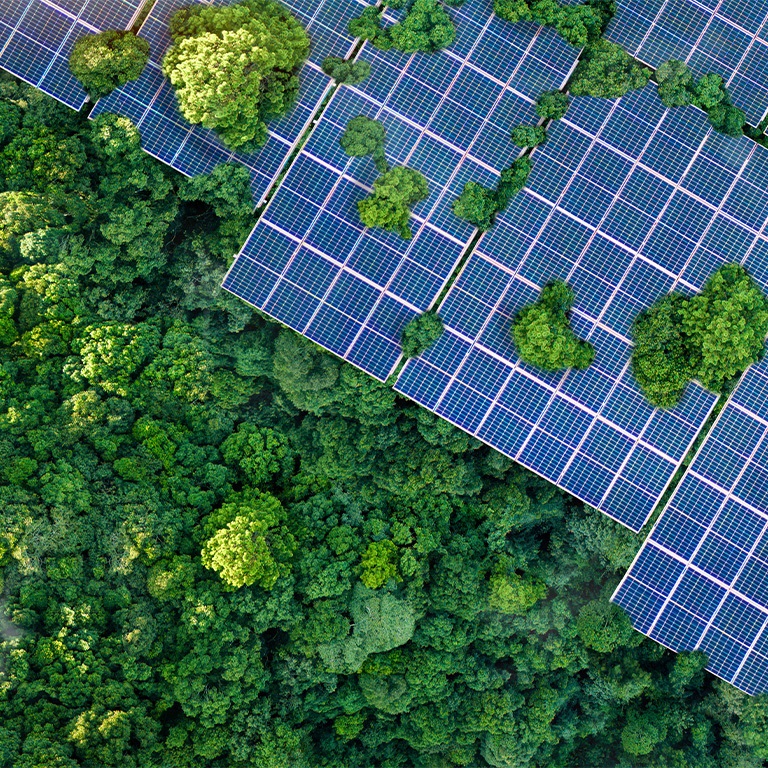On the lunar surface, every “night” lasts roughly 14 Earth days. With the sun out of view, temperatures plunge to nearly minus 300 degrees Fahrenheit, solar panels stop generating power, batteries drain and electronics freeze. In 2024 and 2025, the United States made its return to the moon with three commercial landers thanks to investments by NASA and industry. Each completed its primary mission but lacked the thermal and power systems needed to survive the lunar night, dying within two weeks. By contrast, Chinese landers equipped with nuclear power systems have remained operational for more than 2,400 days.
Since 2013, multiple Chinese landers have used radioisotope power systems, or nuclear batteries, to keep vehicles and infrastructure warm and operational through the lunar night. Chang’e-4 has been continuously operating for more than five years on the far side of the moon, out of sight of U.S. monitoring capabilities. The more advanced Chang’e 8 will reach the south pole in 2028 to test resource extraction, paving the way for a permanent Chinese lunar base.
A recent Commercial Space Federation comprehensive assessment of China’s space progress stated that “China’s ambitions to develop super-heavy lift vehicles, autonomous in-situ resource utilization, and nuclear power on the moon raises strategic challenges to U.S. technological advantages.” If the U.S. is to catch up, it needs to embrace nuclear power as soon as possible.
NASA is meeting the moment with plans to launch a fission reactor to the south pole of the moon by 2030 under the Fission Surface Power (FSP) program. FSP will be a breakthrough, providing continuous power through the lunar night and enabling sustained lunar operations for years to come for the Artemis program.
However, China’s success on the moon makes it an imperative that the U.S. not wait until 2030. Multiple U.S. missions across the lunar surface planned in the coming years can use nuclear energy, enabling us to do substantially more on the moon and to surpass China’s current lead.
The space industry is already preparing to meet this need with transportation, power and long-duration infrastructure. Significant private capital invested alongside government funding has matured the technology and secured the supply chain with successful prototypes demonstrated, nuclear fuel sources secured and facilities established. Coupled with the now-successful Commercial Lunar Payload Services (CLPS) partnership between NASA and U.S. commercial companies, landing a nuclear battery on the lunar surface could be achieved within two years.
Establishing survive-the-night capability on the lunar surface with nuclear batteries is complementary to development of a nuclear reactor. A recent U.S. Department of Energy study proposed a “commercially led radioisotope power system demonstration to… derisk the broader space nuclear ecosystem, especially if larger efforts encounter delay.”
Nuclear batteries will enable new kinds of missions as we expand exploration not only across the moon but in the rest of the solar system — powering operations in multiple lunar locations, establishing distributed science networks, and supporting our ambitions for Mars. For example, U.S. efforts to utilize lunar resources, such as water, metals and helium-3 will require power and long duration operations, making night survival essential. NASA’s various mission directorates for exploration, science and technology will all directly benefit from this capability.
The Department of Energy also made the case to act with urgency, saying in a recent report that “the United States cannot afford to delay while others shape the rules of the road and claim first-mover advantage.” In this lunar race, it is not about who lands on the moon first, it is about who lands and stays there. Staying there means a continuous U.S.-led strategic presence on multiple lunar sites to secure our rights to conduct science, exploration and resource utilization. Such a continuous U.S. presence requires continuous power.
For the U.S. to win the next space race, we need to deploy sustained power to stay on the moon, or risk ceding space leadership to China.
Alan Campbell is the Director of Growth and Capture for Space Systems at Draper. Alan is responsible for driving Draper’s strategy to provide mission-enabling technology across the Space industry, inclusive of civil, commercial and national security space customers. Previously, Alan led Draper’s support to NASA’s CLPS program including Draper’s CP-12 task order award.
A.C. Charania is the Senior Vice President of Space Business Development at Zeno Power. Most recently, he served as NASA’s Chief Technologist, advising the agency on technology strategy. He previously worked in the commercial aerospace industry for more than two decades delivering disruptive innovations in lunar exploration, commercial spaceflight, planetary defense, aviation autonomy and launch vehicle/hypersonic programs.
Tim Crain is the Co-Founder and Chief Growth Officer of Intuitive Machines. A Ph.D. in aerospace engineering with a specialization in precision navigation and timing, Tim formerly served as a key technology program manager within NASA where he helped shape missions like the Mars Science Lander and Orion spacecraft. Tim brings deep expertise in scalable innovation across the aerospace, energy and medical industries, and expertise in flight dynamics including guidance, navigation and control as well as automated flight systems, high-fidelity system analysis and optimization and precision navigation and timing.
Elizabeth Kryst is the CEO of ispace-U.S. Before joining ispace-U.S., Elizabeth has held various leadership roles in the aerospace sector, from new product introduction to program management and strategic planning in advanced material science and environmental sciences. Most recently served as the Chief of Staff – Vice President of Business Operations for World View, an Aerospace startup company pioneering un-crewed high altitude stratospheric flight systems for a myriad of remote sensing applications. She holds a master’s degree in engineering (MEng) from Arizona State University and a Bachelor’s degree in Chemistry from the University of Illinois at Chicago.
SpaceNews is committed to publishing our community’s diverse perspectives. Whether you’re an academic, executive, engineer or even just a concerned citizen of the cosmos, send your arguments and viewpoints to opinion@spacenews.com to be considered for publication online or in our next magazine. The perspectives shared in these opinion articles are solely those of the authors.
Related





